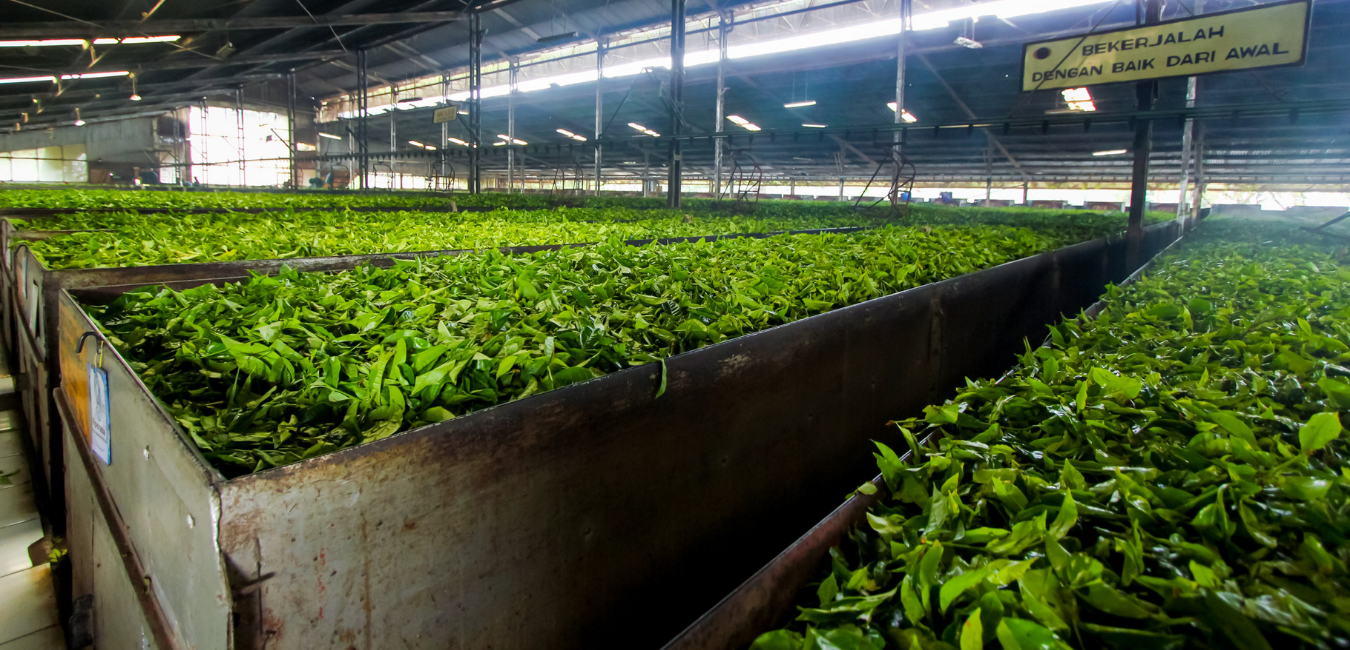Currently Empty: $0

FOOD TECHNOLOGY (28-09-2021)
Q1. __________ is the final stage of tea processing.
- Firing
- Fermentation
- Rolling
- Withering
ANSWER: 1. Firing
-
Explanation: The final stage of tea processing/ manufacturing is firing, which involves drying the rolled and fermented leaf, which has a moisture content of 45-50 percent, to produce black tea with a moisture content of 3 percent. It’s commonly done by running trays of fermented leaves through a hot-air dryer in a countercurrent mode (inlet temperature of 87-90 °C, output temperature of 56-57 °C). The color shift caused by the transformation of chlorophyll to pheophytin, which gives the dried product the required black color, is a notable impact of firing.
READ MORE – FOOD TECHNOLOGY (28/08/2021)
Q2. The lipid content of fruits is generally _____ with the exception of nuts.
- High
- Low
- Very high
- Moderate
ANSWER: 2. Low
-
Explanation – Fruits, with the exception of nuts, have a low lipid content (0.1-0.5 percent). TAGs, glyco- and phospholipids, carotenoids, triterpenoids, and waxes make up the percentage. Carotenoids are found in many fruits, and in a number of them, such as citrus fruits and peaches, their presence is the primary determinant of color. Fruit classification is also based on the presence of carotenoids. Limonoids and cucurbitacins are bitter chemicals found in the triterpenoid fraction. A waxy covering is often present on the fruit peel.
READ MORE – FOOD TECHNOLOGY (08/09/2021)
Q3. Ripening is associated with a renewed rise in respiration rate soon after picking until it reaches a climax, which is known as?
- Climactericrise
- Glycolysis
- Climacteric respiration
- All of the above
ANSWER – C. Climacteric respiration
-
Explanation: The rate of respiration is determined by the stage of growth of fruits. Growth causes an increase in respiration. After then, the respiration rate gradually decreases until the fruit is ripe. Ripening is connected with a fresh rise in respiration rate immediately after plucking in several fruits until it reaches a climax, known as climacteric respiration. Climactericrise is the term for this increase in respiration. This is followed by a gradual decline in respiration rate, which is referred to as senescence.
READ MORE – FOOD TECHNOLOGY (18/08/2021)
Q4. Lycopene content of tomatoes ______ during ripening.
- Increases
- Decreases
- Gradually decrease then increase
- Remains stable
ANSWER: A. Increases
-
Explanation: Fruit ripening is frequently followed by a change in color. The breakdown of chlorophyll and the subsequent development of hidden pigments causes the transition from green to various colors. The shift in some fruits is more attributable to the synthesis of other pigments, such as the lycopene content of tomatoes, which increases dramatically during ripening.
READ MORE – FOOD TECHNOLOGY (28/07/2021)
Q5. ________ is the principal carbohydrate in legumes.
- Sucrose
- Starch
- Raffinose
- Stachyose
ANSWER – B. Starch
-
Explanation – Legumes have a carbohydrate content of roughly 60%. The main carbohydrate is starch. Lower molecular weight carbohydrates like sucrose and sucrosyl oligosaccharides are found in small concentrations. Raffinose, stachyose, and verbascose are oligosaccharides that are related to flatulence. It is the most significant impediment to the widespread acceptance of legumes as a food source.
READ MORE – FOOD TECHNOLOGY (27-09-2021)

 0
0

